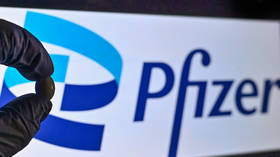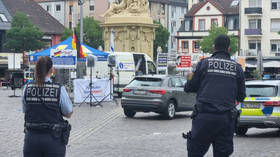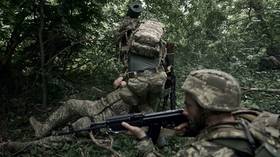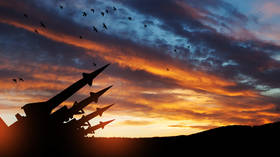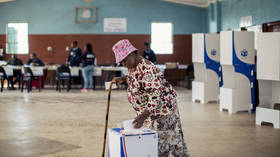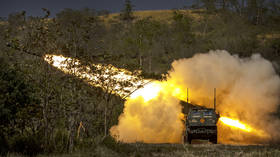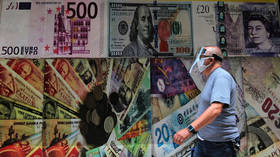China tests new Covid-detection tech at Beijing Olympics
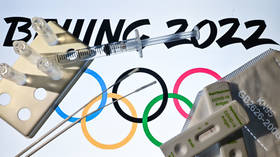
Chinese scientists have developed a system to detect traces of coronavirus in the air, in what is being touted as a potential breakthrough in the battle against Covid-19 and which is currently being tested at the Winter Olympics in Beijing.
According to the research team, detecting the virus in the air can provide early warning and help to prevent the spread of the disease.
“The virus containment work [during the Games] consists of a number of procedures such as sanitizing facilities and testing participants. And testing air for the virus is an additional tool to provide early alerts,” said Liu Peng, a researcher at Tsinghua University’s School of Medicine.
Chinese scientists said that, along with respiratory droplets, transmission of the virus is also possible through aerosol particles, especially in closed rooms.
The equipment for detecting the aerosols is a portable device that absorbs air samples and screens out the smallest particles on which the virus may be present.
These particles are then dissolved in a fluid and passed through a nucleic acid detector, which is said to be 10 times more sensitive than regular nucleic acid testing tools.
The whole process of testing the air takes less than four hours.
“The sensitivity of the machine is 20 copies per milliliter, compared to the regular level of 200 to 500 copies per milliliter,” Liu said.
The technology has been trialed at Olympic facilities, including warm-up areas, dressing rooms and restrooms, and testing has been conducted on a daily basis.
The system is expected to be implemented in hospitals, train stations and airports in the future.
